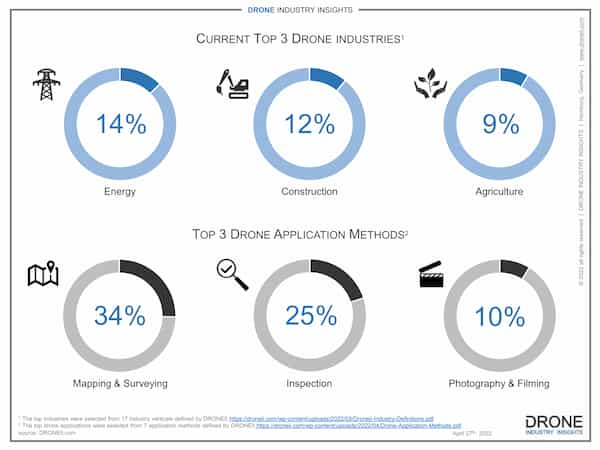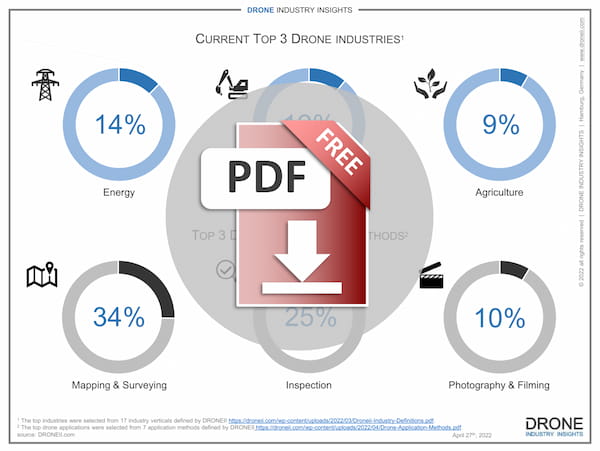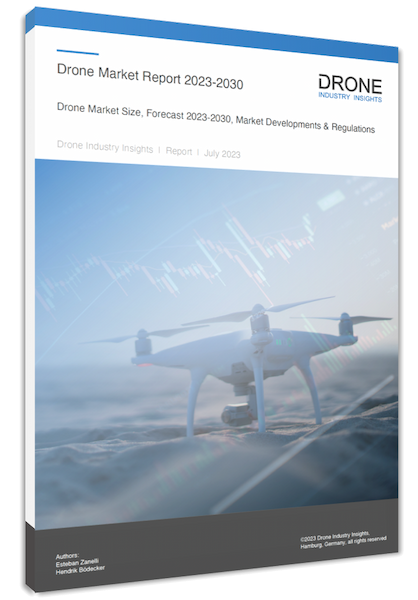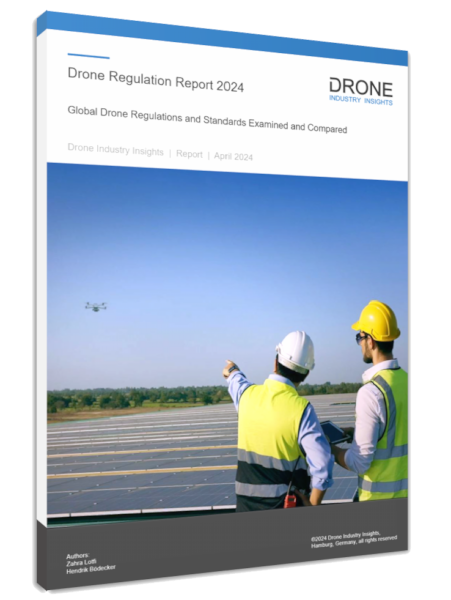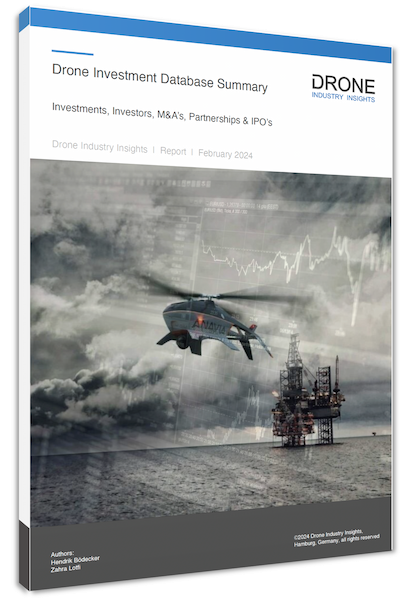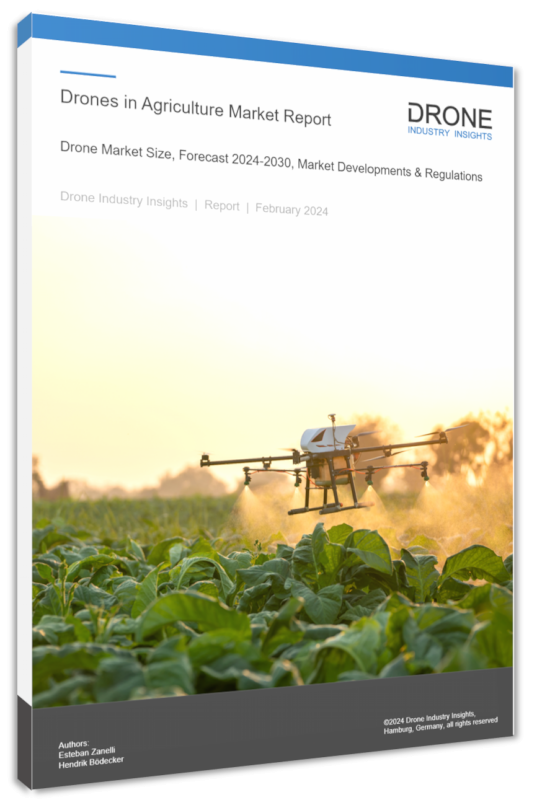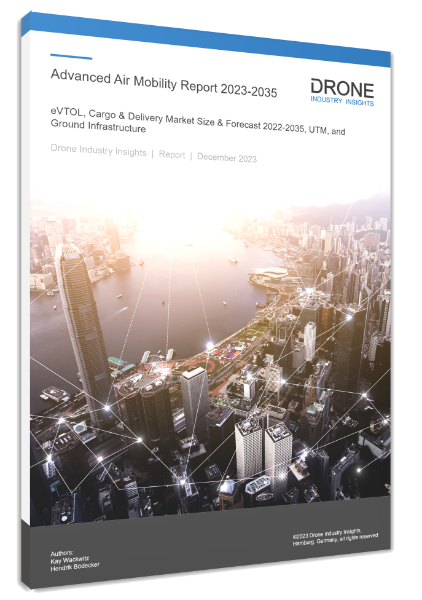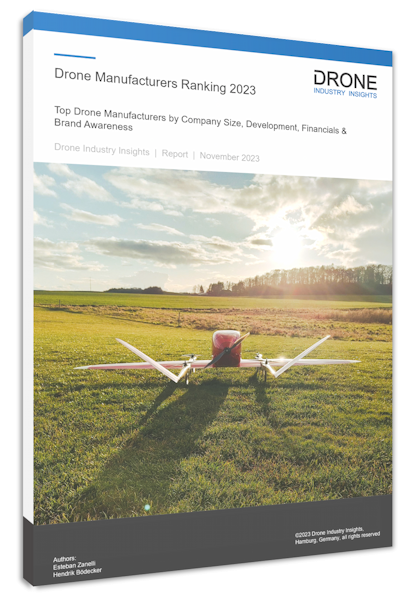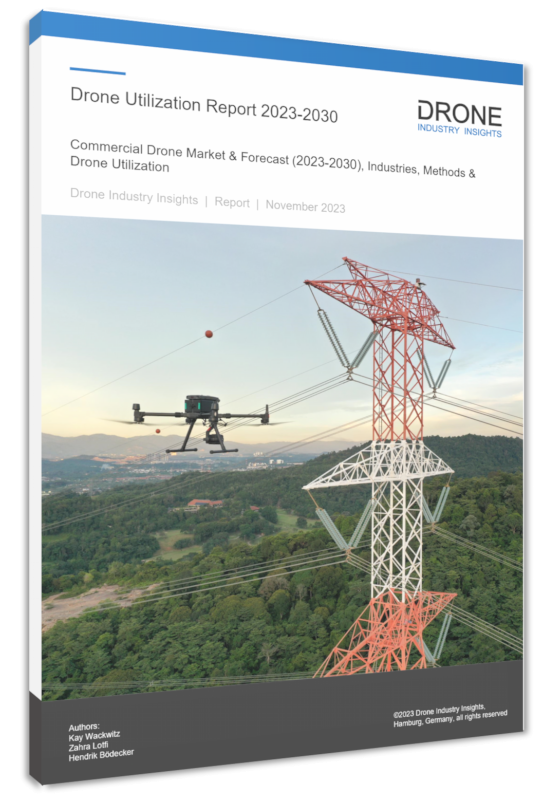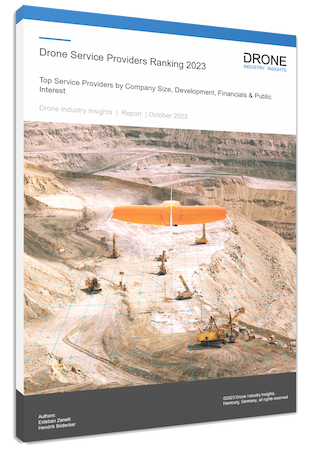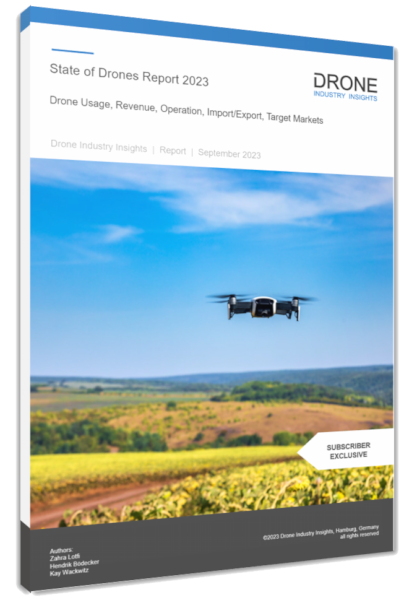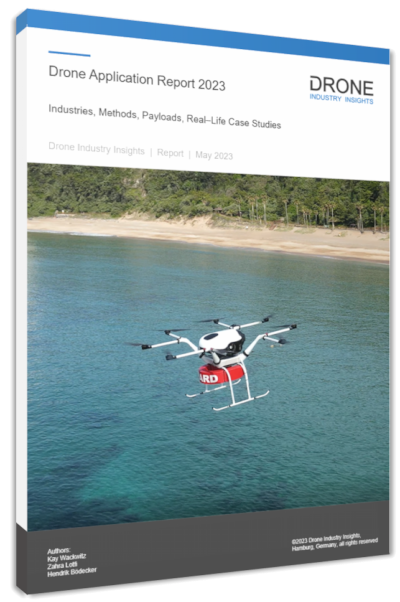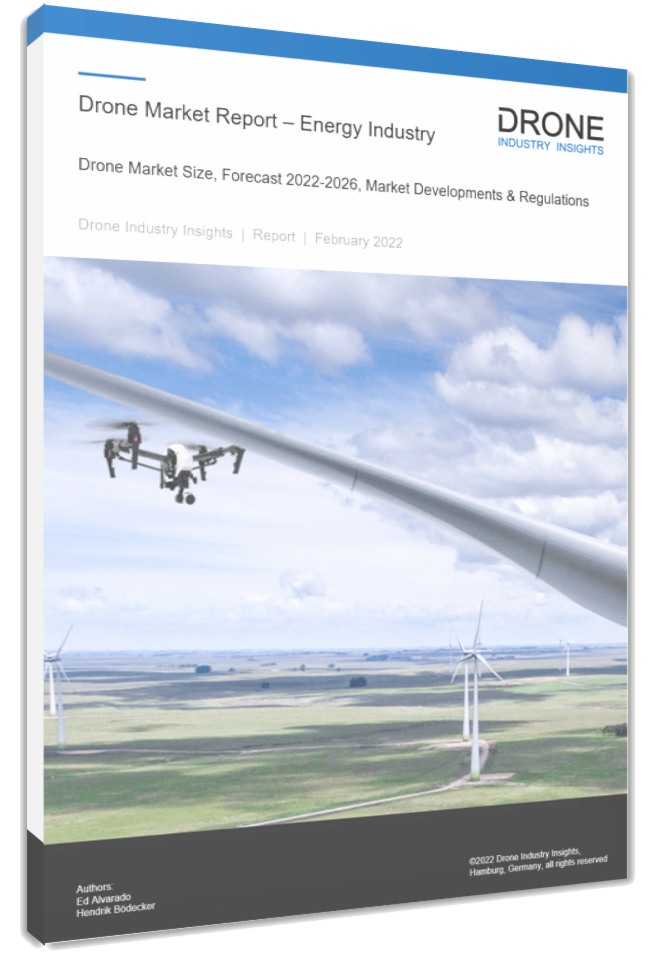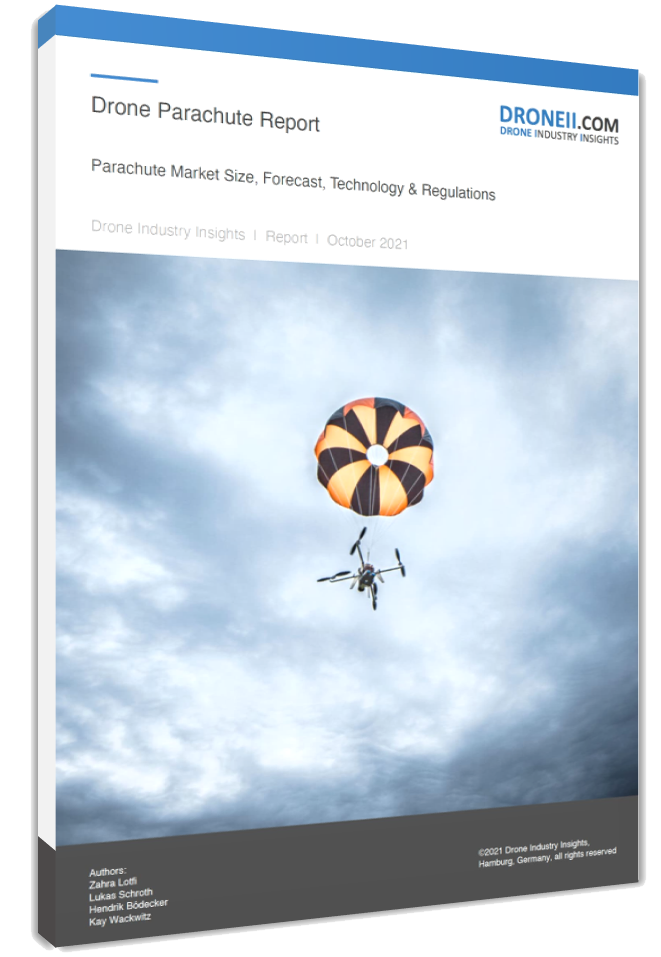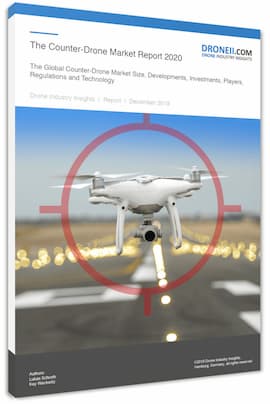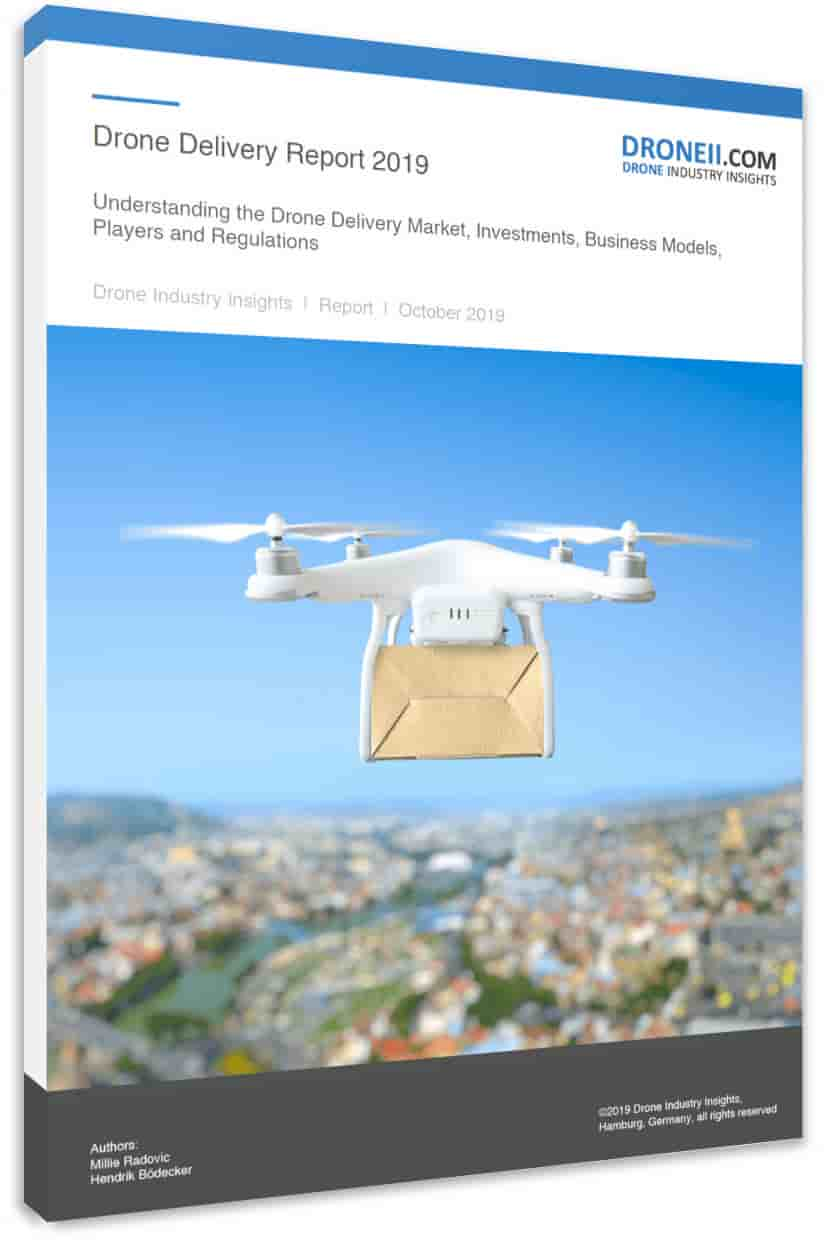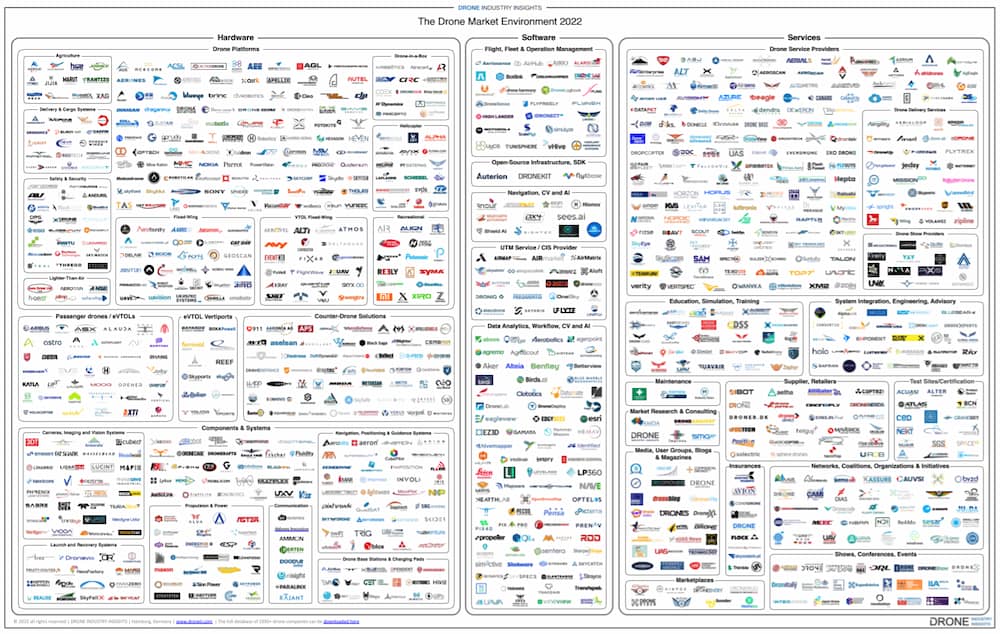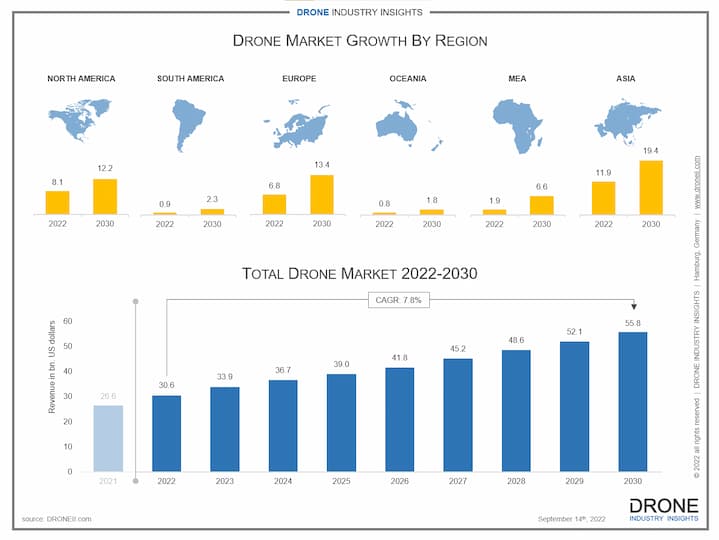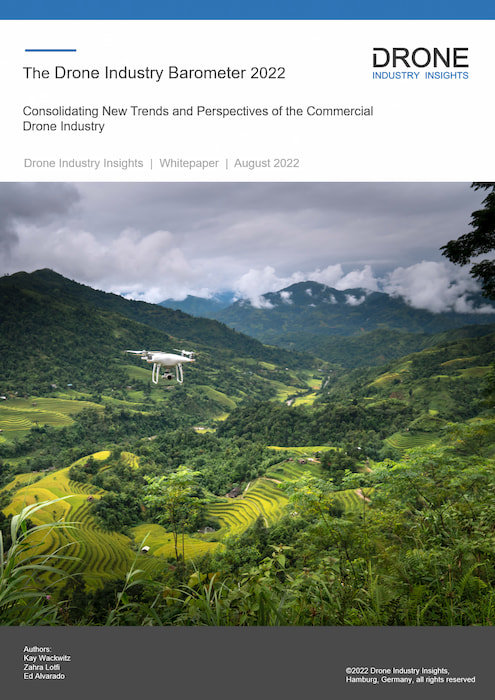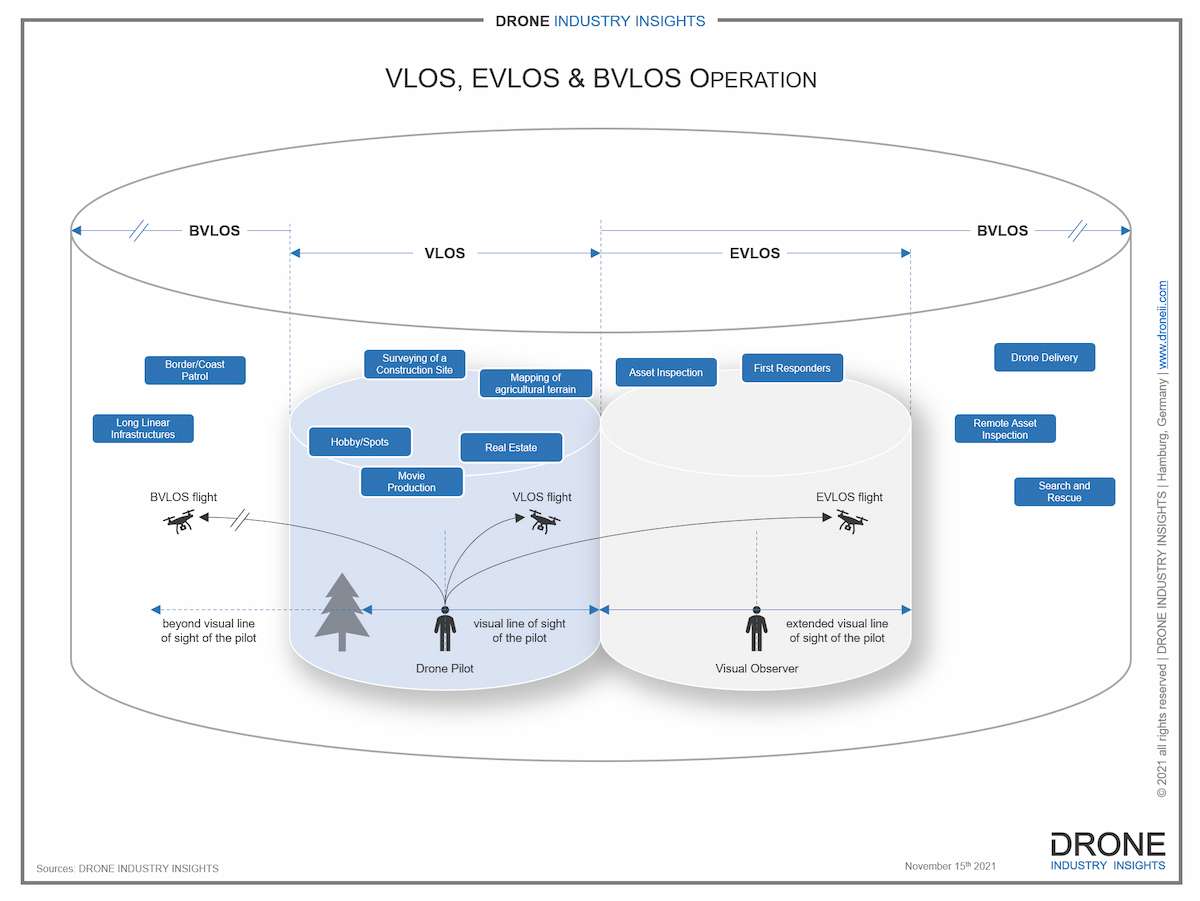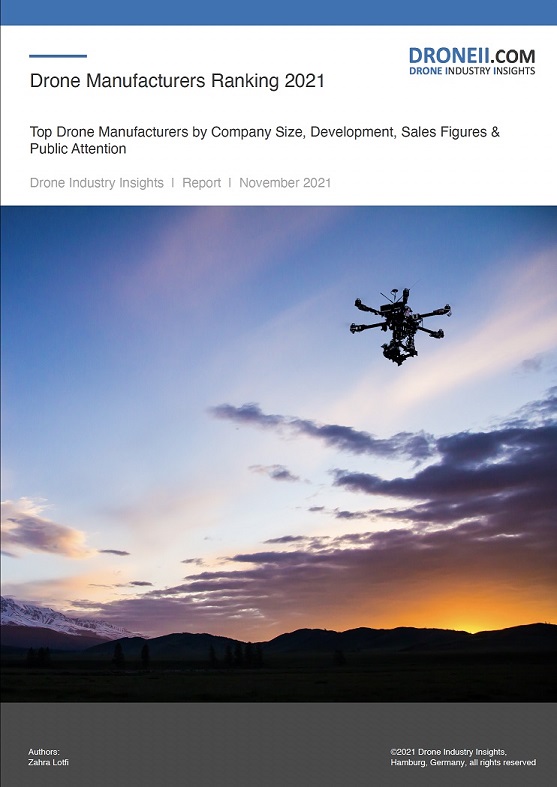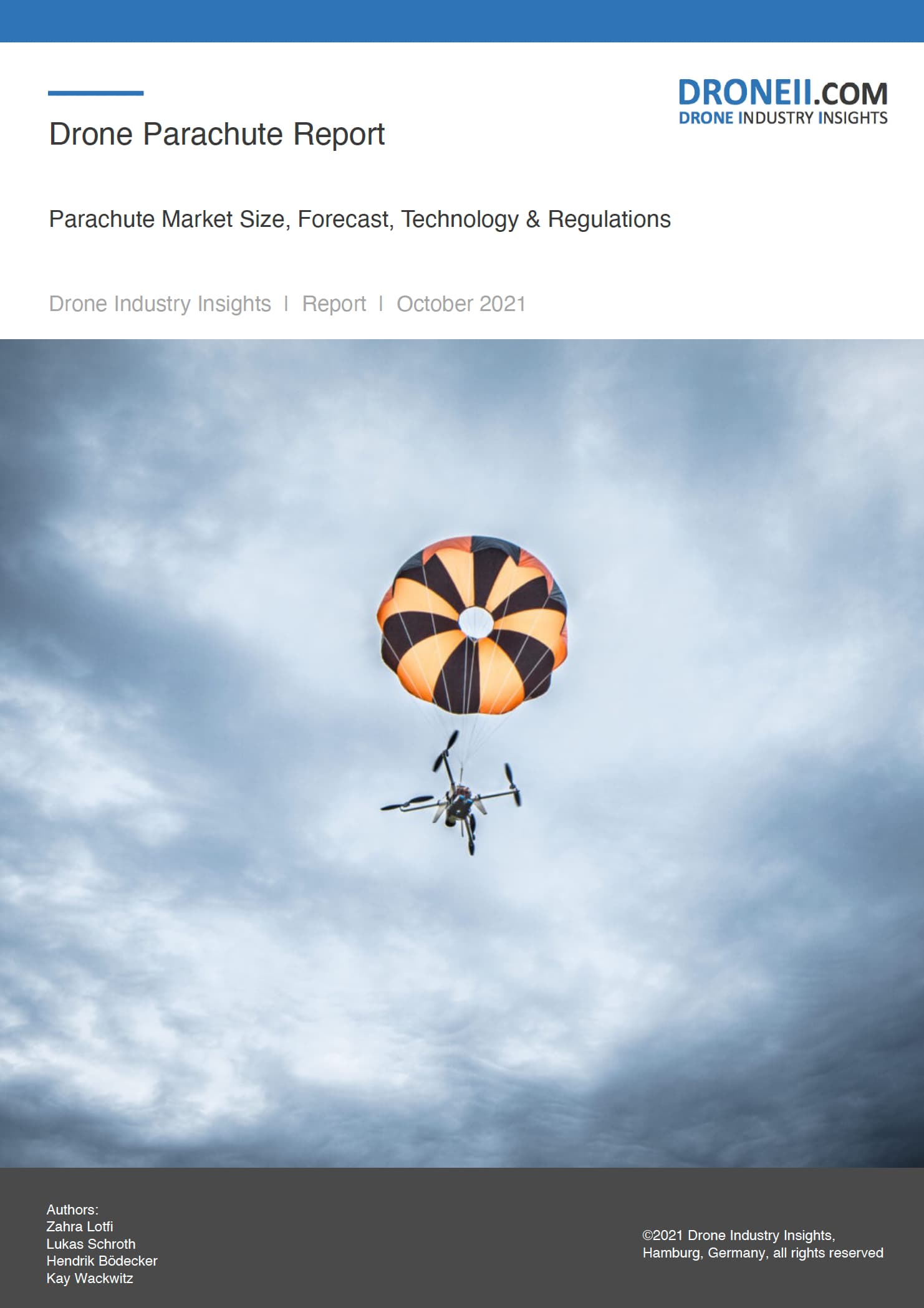What are the Top Drone Applications?
Many might be tempted to ask this question as if the answer were completely straightforward. However, defining the top drone applications depends on whether we are focused on an industry, a method, or a specific goal (e.g. saving costs, increasing revenue, saving time). We’ve previously written about the way drones revolutionize business, and in less than a year since our previous post, drone investments have more than doubled from their previous year, and the global drone market is still forecast to grow at a rate of almost 10% CAGR. So, with the release of our latest research, it’s time to pick up the topic again and elaborate on some ways to define top drone applications.
Top Drone Applications per Industry and Method
As our infographic shows, the top 3 industries for drone technology are: Energy, Construction, and Agriculture. The percentages shown are as a measure of all drone applications within our 17 industry verticals (rather than a measure of drone adoption rate within each industry). This means that 14% of all drone applications take place within the Energy industry vertical, followed by 12% taking place in Construction, and 9% in Agriculture. Combined, these industry verticals represent more than one third (35%) of drone applications, meaning that those are the top drone applications in terms of industry.
The infographic also shows that the top drone application methods are Mapping & Surveying (34%), Inspections (25%), and Photography and Filming (10%). In comparison to the industries, the methods are much more consolidated since the top 3 drone application methods represent 69% of the market. This may not be too surprising to drone professionals because those are the activities where drones bring some of the biggest advantages in comparison to a human. Inspecting a large infrastructure, mapping/surveying a vast piece of land, or using aerial photography/filming with a drone instead of a person makes the process faster, safer, and captures more and better data.
However, it is crucial to recall that the share of methods is different for each industry vertical. For instance, in the Energy sector, most of the time drones are used to carry out inspections, which ranks as the second-highest overall application method. Therefore, it would not be accurate to assume that the top drone application is a combination of the top industry (Energy) along with the top method (Mapping & Surveying). For this reason, it is imperative to always carry out due diligence before starting a drone business.
Case Studies of Top Drone Applications
Some of the primary use cases in the Energy sector include inspection of pipeline, wind turbines and oil storage tank. By using a drone instead of a person, the inspector does not need to enter to dangerous areas, and the powerline/turbine that is being inspected usually does not have to be shut down to guarantee human safety, which means it continues to operate and generate revenue.
Some examples of the top drone applications in Agriculture include drones that count trees and livestock, spray fields, analyze crops, and carry out dozens of tasks throughout acres of fields in a matter of hours. This means that productivity is increased because crops can be monitored better and treated in a more targeted manner throughout the year, which leads to better yields during harvest season.
The Public Administration sector consists of government agencies who manage some programs like environmental quality programs, housing programs and urban planning. Several companies carry out activities that support these programs for the government. Among other activities, they might carry out drone-based water sampling to monitor the quality of the water and mapping coastal area in order to find plastic waste. But these are not the only government-related activities that might be considered top drone applications.
Governmental agencies like police and fire departments belong to another industry vertical consisting of Public Emergency Services. We consider this a separate industry vertical because it involves activities that are of a different nature (i.e. reacting to unexpected events rather than administrating routine or supervisory activities). One case of a top drone application in this sector includes using aerial cameras to assess the area during or after a fire. By applying a drone, firefighters can access visual and thermal data to understand the status of a fire and estimate which action to take at which point in time.
Want to Know More About Drone Applications? Check Out Our New Report!
Report | Drone Application Report 2022
• Extensive 173-page drone application report with market forecast, case studies for all industry verticals, and application methods analysis
• 237 application examples including methods, typical results, and typical technology stack
• 54 real-life case studies with technology, application, concrete problem and solution description as well as value-added metrics
Finding the Best Application
All of this once again shows that drone applications are manifold, extremely diverse, and very much industry-specific. Throughout various industries, drone technology helps save costs, save time, increase the quality of results, and improves worker safety – and the top drone applications often do three or all four of these things. And it’s worth noting that this does not necessarily mean flying very often. One or two missions with a high return on investment in a specific niche can be much more beneficial.
Finding a niche requires understanding what is already out there. Beating the competition or expanding from one niche to another requires understanding where you can leverage the existing drone technology stack. That is why we have included all of this information in our latest report. The Drone Application Report 2022 includes an updated market forecast for 2026, improved industry vertical definitions that are more fitting to the drone industry, and we’ve added 17 more case studies from companies all around the globe. So even if it is not adequate to define an objective top drone application in the entire market, it is indeed possible for each company to define their own top drone application in order to achieve the best results and profits.
Download our FREE Top Drone Applications Infographic
This “Top Drone Applications Infographic” shows the top three industry verticals and application methods for drone technology.

Before working with drones, Ed acquired vast experience in Communications and Diplomacy. He holds a Master’s in International Relations, Bachelor’s in Economics & Philosophy, and has lived in 7 countries.

Before working with drones, Ed acquired vast experience in Communications and Diplomacy. He holds a Master’s in International Relations, Bachelor’s in Economics & Philosophy, and has lived in 7 countries.
